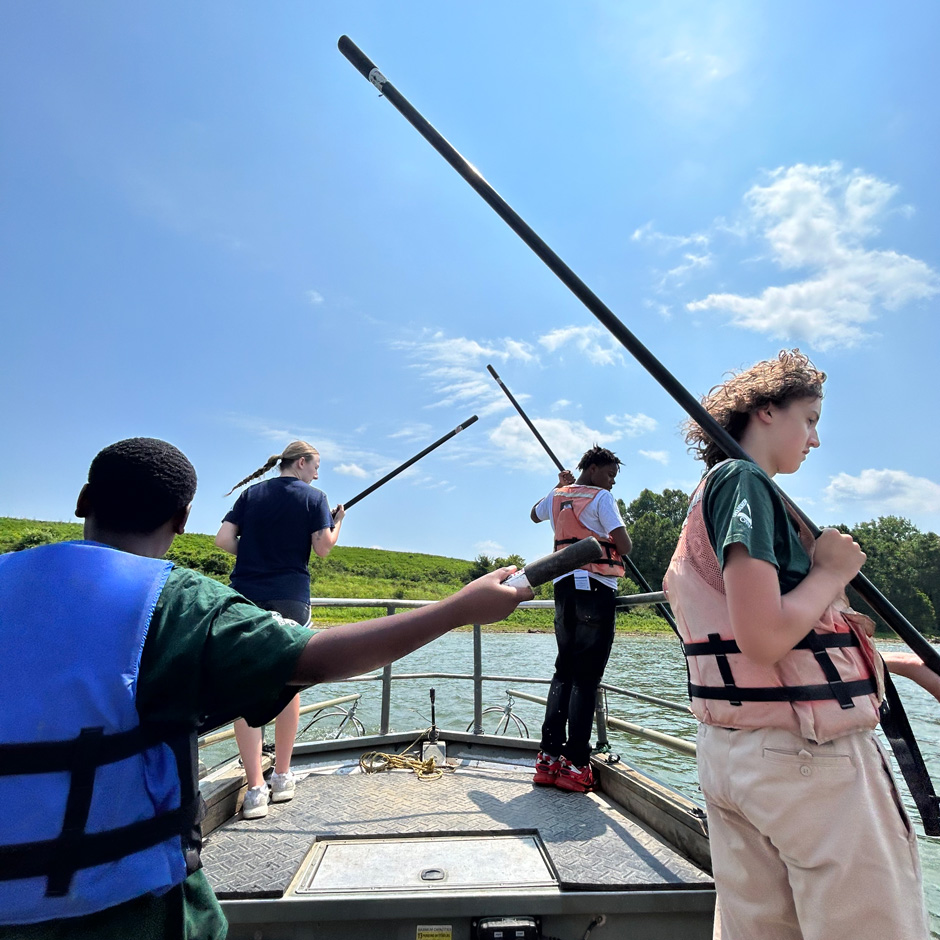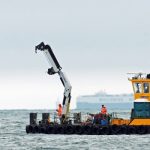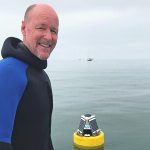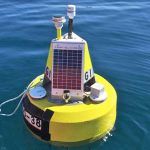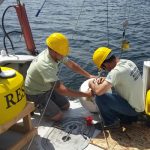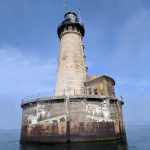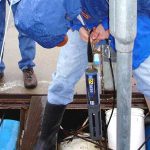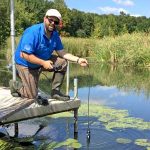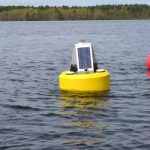For the first time in the UK, bacterial monitoring buoys deployed by Proteus Instruments and RS Hydro are helping to ensure that swimmers can safely enjoy a swim at their favorite beach.
Articles Tagged: Case Studies
Tag case studies post for search
Tackling Beach Safety with UK’s First Bacterial Monitoring Buoy
RS Hydro
Understanding Shark Behavior through Sensing Technology
Cal State University Shark Lab
The Cal State Shark Lab uses modern sensing technology to study the behavior of the growing shark population along the California coast.
Sturdy Little Buoy, Tremendous Predictive Power
Northern Michigan University
Two solitary data buoys floating off the storm-tossed Lake Superior shore near Munising and Granite Island were sudden stars in 2017.
Monitoring An Active Thermocline, Rapid Changes
State University of New York (SUNY)—Plattsburgh
Researchers from the State University of New York (SUNY)—Plattsburgh deployed a cellular data buoy in the lake near Valcour Island.
A New Kind of Sentinel on Lake Superior
Superior Watershed Partnership, Lentic Environmental Services and UC-Boulder
Scientists deployed the buoy on the lake in 2017. Since then, it has provided continuous data on water quality from one mile north of the lighthouse.
Katharine Ordway Natural History Study Area
Macalester College
Ordway is home to land management projects on some of the wetlands and the oak woodland along the Macalester shoreline of the Mississippi River.
Protecting Ohio River Wildlife
U S Army Corps of Engineers
To make sure the currents are flowing properly the USACE uses a NexSens CB-450 Data Buoy with a Seatek Ultrasonic Ranging System.
Using Technology to Protect Tradition
The Nottawaseppi Huron Band of Potawatomi (NHBP)
Sometimes it takes cutting edge technology to protect a precious resource. NexSens monitoring equipment is custom-built for every client’s goals.
Submerged Sensors of Sebago Lake
Portland Water District
An extended growing season, increased rainfall, and more frequent extreme storms with more runoff washing into Maine’s lakes can feed algae.

